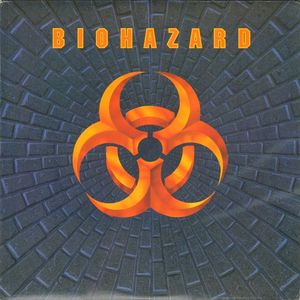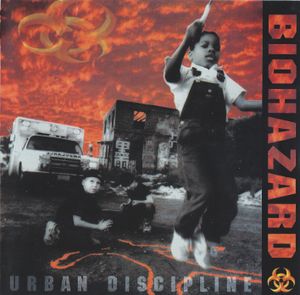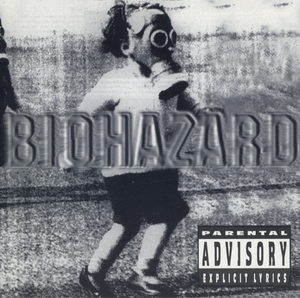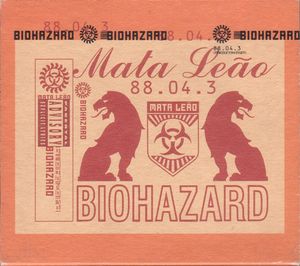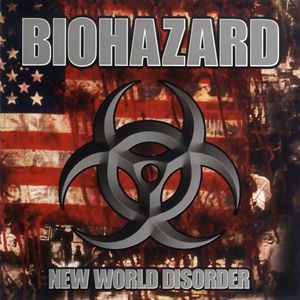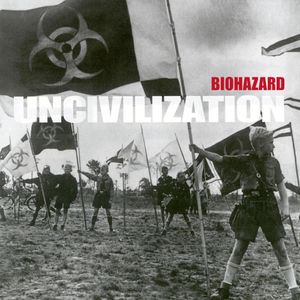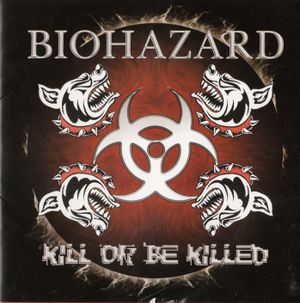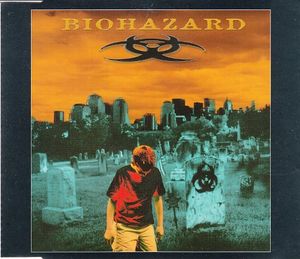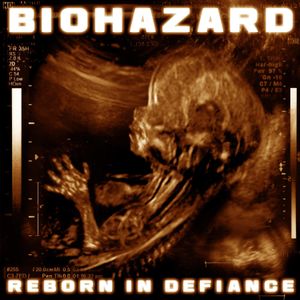
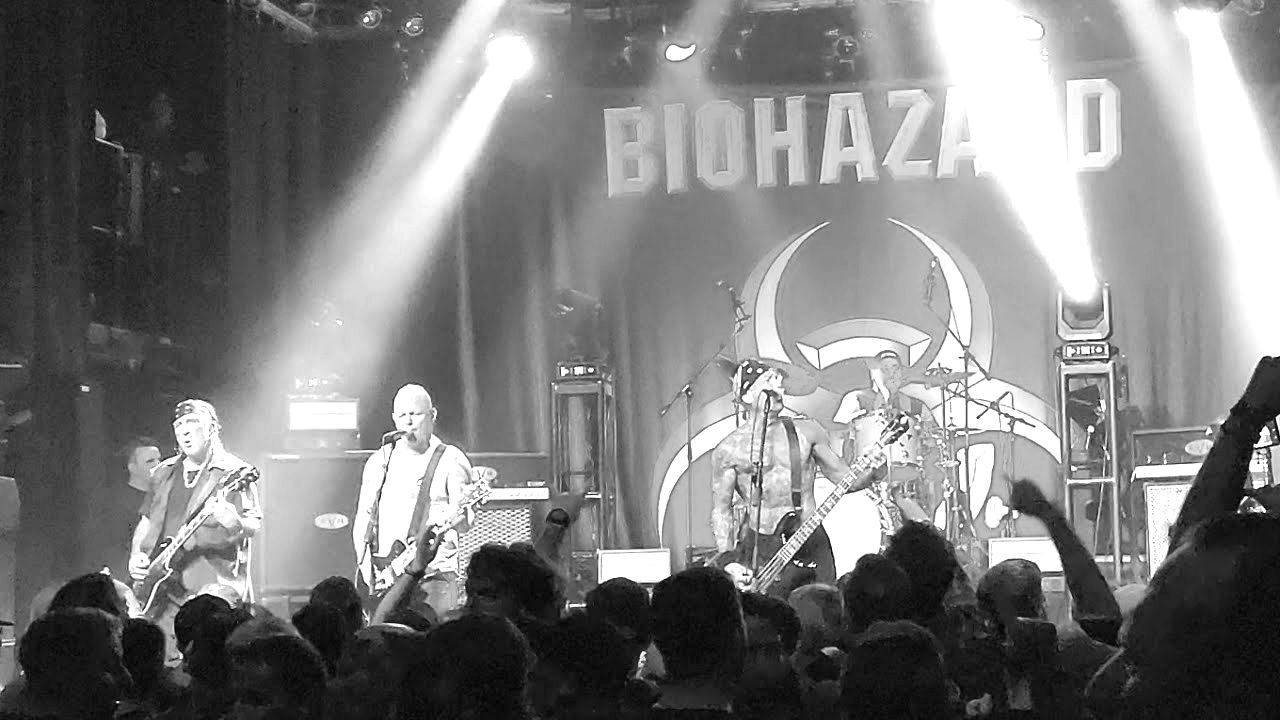
Follow Your Favorite Band Today!
Top Biohazard Community Posts
Albums
Members
Current
Danny Schuler
Bobby Hambel
Evan Seinfeld
Rob Echeverria
Guitar
Billy Graziadei
History
Anthony Meo
Drums (drum set)
Carmine Vincent
Electric guitar
Leo Curley
Electric guitar
Story of Biohazard
Biohazard: From Brooklyn Streets to Global Metal Mayhem
Biohazard, hailing from the gritty streets of Brooklyn, New York City, burst onto the scene in 1987. They weren't your typical hardcore band. They were a sonic storm, merging hardcore punk's raw energy with heavy metal's crushing riffs and adding a dash of hip hop flavor for good measure. This unique blend solidified their place as one of the pioneers of this new, heavy sound.
The band's founding lineup was a powerhouse: bassist/vocalist Evan Seinfeld, guitarist Bobby Hambel, and drummer Anthony Meo. Soon after, guitarist/vocalist Billy Graziadei joined the ranks, adding another layer of aggression to their sound. Meo was replaced by drummer Danny Schuler before their debut album, solidifying the core lineup that dominated the hardcore scene from 1988 to 1995.
Their first demo in 1988 caused a stir, with some media outlets labeling them as fascists and white supremacists, overlooking the Jewish heritage of both Seinfeld and Schuler. The band vehemently denied these accusations, later explaining it was a publicity stunt to gain the attention of Carnivore and their fans. Seinfeld and Graziadei have since clarified that provocative lyrics like "Master Race" and "America" were meant to be metaphorical and shock value, and the band has always maintained that their music was never racially motivated.
Biohazard's journey wasn't without its twists and turns. After several lineup changes, a period of inactivity, and a reunion in 2008, the classic lineup of Seinfeld, Graziadei, Hambel, and Schuler reunited once again in 2022, proving that the fire of their music burns as brightly as ever. Get ready for a sonic assault as Biohazard, the pioneers of heavy hardcore, return to the stage in 2023, bringing their signature blend of aggression and melody to a new generation of fans.
Bands you may like
More Alternative Metal Bands
Explore Alternative MetalDiscover more bands in the Alternative Metal genre and explore the diverse sounds that define this musical style.
Browse All Alternative Metal BandsMore Bands from United States
Explore United StatesDiscover the rich musical heritage of United States and explore bands that represent the country's unique sound and culture.
Browse All United States Bands
